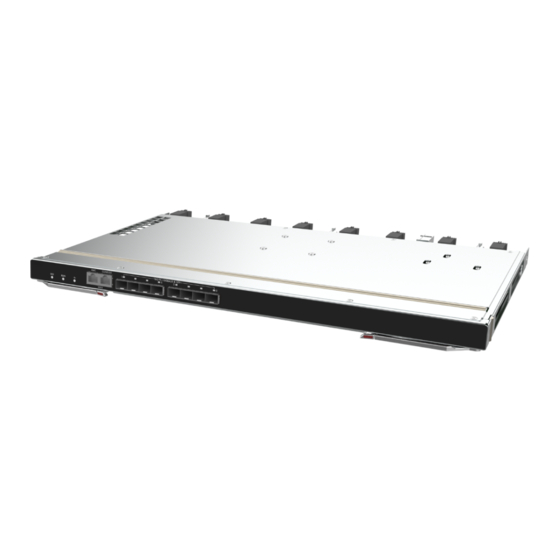
Table of Contents

Summary of Contents for H3C UniServer BX608FE
- Page 1 H3C UniServer BX608FE Switch Module Layer 2—LAN Switching Configuration Guide New H3C Technologies Co., Ltd. http://www.h3c.com Software version: Release UN_BLADE-SWITCH_SYS-1.03.09 and later versions Document version: 6W100-20230320...
- Page 2 The information in this document is subject to change without notice. All contents in this document, including statements, information, and recommendations, are believed to be accurate, but they are presented without warranty of any kind, express or implied. H3C shall not be liable for technical or editorial errors or omissions contained herein.
- Page 3 This documentation is intended for: • Network planners. • Field technical support and servicing engineers. • Network administrators working with the UniServer BX608FE Switch Module. Conventions The following information describes the conventions used in the documentation. Command conventions Convention Description Boldface Bold text represents commands and keywords that you enter literally as shown.
- Page 4 Symbols Convention Description An alert that calls attention to important information that if not understood or followed WARNING! can result in personal injury. An alert that calls attention to important information that if not understood or followed CAUTION: can result in data loss, data corruption, or damage to hardware or software. An alert that calls attention to essential information.
-
Page 5: Documentation Feedback
Documentation feedback You can e-mail your comments about product documentation to info@h3c.com. We appreciate your comments. - Page 6 Contents Configuring the MAC address table ······························································· 1 About the MAC address table ···························································································································· 1 Display and maintenance commands for MAC address table ··········································································· 1...
-
Page 7: Configuring The Mac Address Table
Configuring the MAC address table About the MAC address table An Ethernet device uses a MAC address table to forward frames. A MAC address entry includes a destination MAC address, an outgoing interface, and a VLAN ID. When the device receives a frame, it uses the destination MAC address of the frame to look for a match in the MAC address table. - Page 8 Contents Configuring VLANs ························································································ 1 About VLANs······················································································································································ 1 VLAN frame encapsulation ························································································································ 1 Protocols and standards ···························································································································· 2 Configuring a VLAN ··········································································································································· 2 Restrictions and guidelines ························································································································ 2 Creating VLANs ········································································································································· 2 Display and maintenance commands for VLANs ······························································································· 2...
-
Page 9: Configuring Vlans
Configuring VLANs About VLANs The Virtual Local Area Network (VLAN) technology divides a physical LAN into multiple logical LANs. It has the following benefits: • Security—Hosts in the same VLAN can communicate with one another at Layer 2, but they are isolated from hosts in other VLANs at Layer 2. -
Page 10: Protocols And Standards
Protocols and standards IEEE 802.1Q, IEEE Standard for Local and Metropolitan Area Networks: Virtual Bridged Local Area Networks Configuring a VLAN Restrictions and guidelines • As the system default VLAN, VLAN 1 cannot be created or deleted. • Before you delete a dynamic VLAN or a VLAN locked by an application, you must first remove the configuration from the VLAN.











